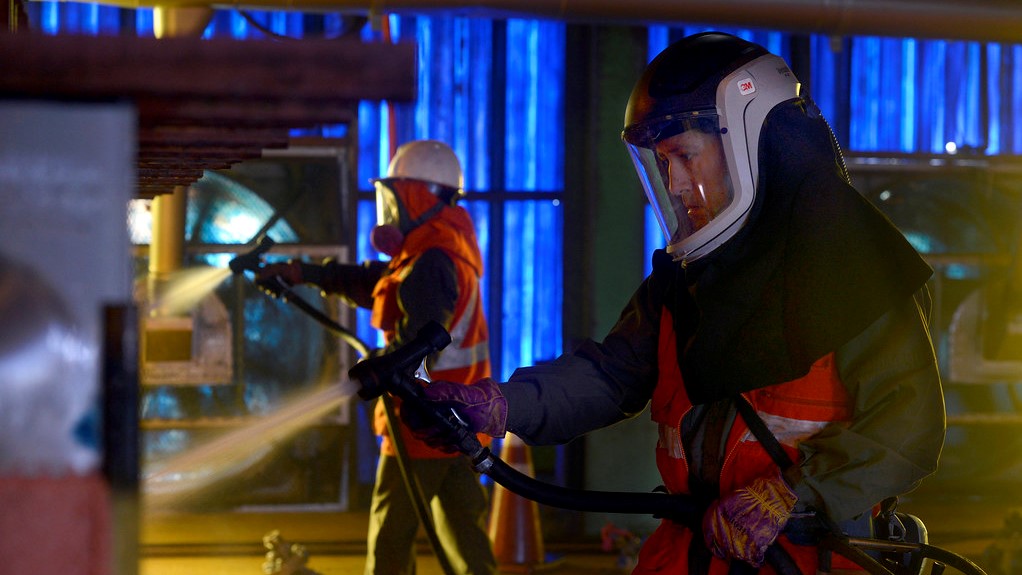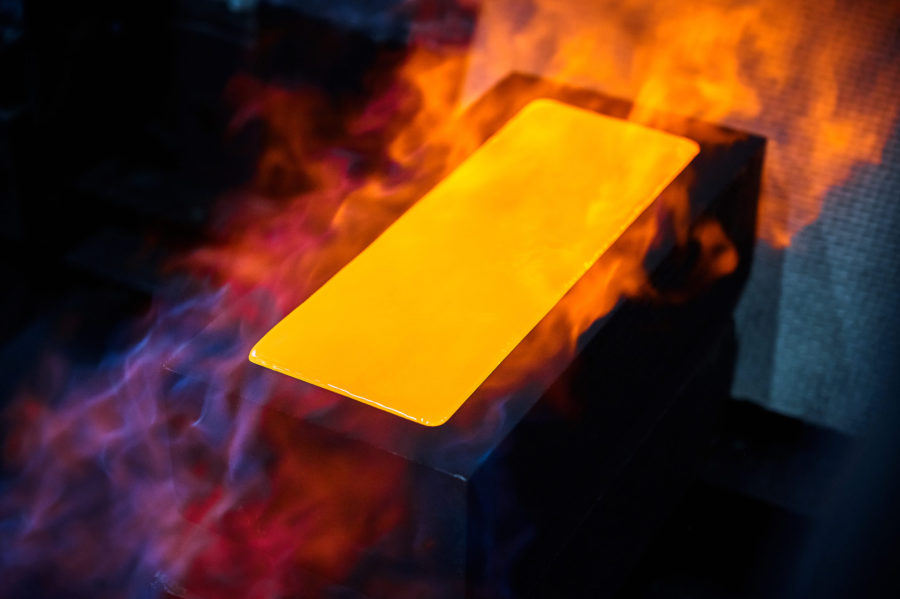Chile amends mining royalty bill with flat 1% ad valorem rate

Chile’s government on Tuesday amended a proposed mining royalty bill that drew criticism from miners, removing provisions that assessed higher rates for larger miners and linked payments to copper prices, while implementing a flat 1% ad valorem tax rate for large producers.
The original bill, introduced in July, was criticized by global miners BHP and Antofagasta who said it would affect competitiveness and investment in Chile, the world’s largest copper producing nation.
The amended proposal, announced by the finance and mining ministers, would impose a flat-rate ad valorem tax of 1% on large-scale copper miners that extract more than 50,000 tonnes per year. The ad valorem tax would not be assessed if operating margins are negative.
Additional royalties would be assessed at rates fluctuating from 8% to 26% based on miners’ operating margin, rather than being adjusted according to the price of copper as was originally proposed.
Depreciation, as well as supply and work costs, would be taken into consideration in calculating operating margins.
The mining and energy committee of Chile’s congress will meet on Wednesday to review the government’s amendments before continuing with the legislative process.
“Considering these changes, it is estimated that the mining royalty would collect an additional 0.6% of GDP, of which 0.46% of GDP would be the product of the new structure and the remaining 0.15% the result of growth in production and costs,” the Finance Ministry said in a statement.
The original bill proposed in July established two components for royalty payments.
The first was an ad valorem tax ranging from 1% to 2% for producers of between 50,000 and 200,000 metric tonnes of fine copper, and from 1% to 4% for those over that range.
The other component was royalty rates between 2% and 32% on profits for copper prices between $2 and $5.
Both components were to have varied based on the copper price.
(By Natalia Ramos and Alexander Villegas; Editing by Edmund Klamann)
More News
{{ commodity.name }}
{{ post.title }}
{{ post.date }}

Comments
Randolf Vergara
Yes